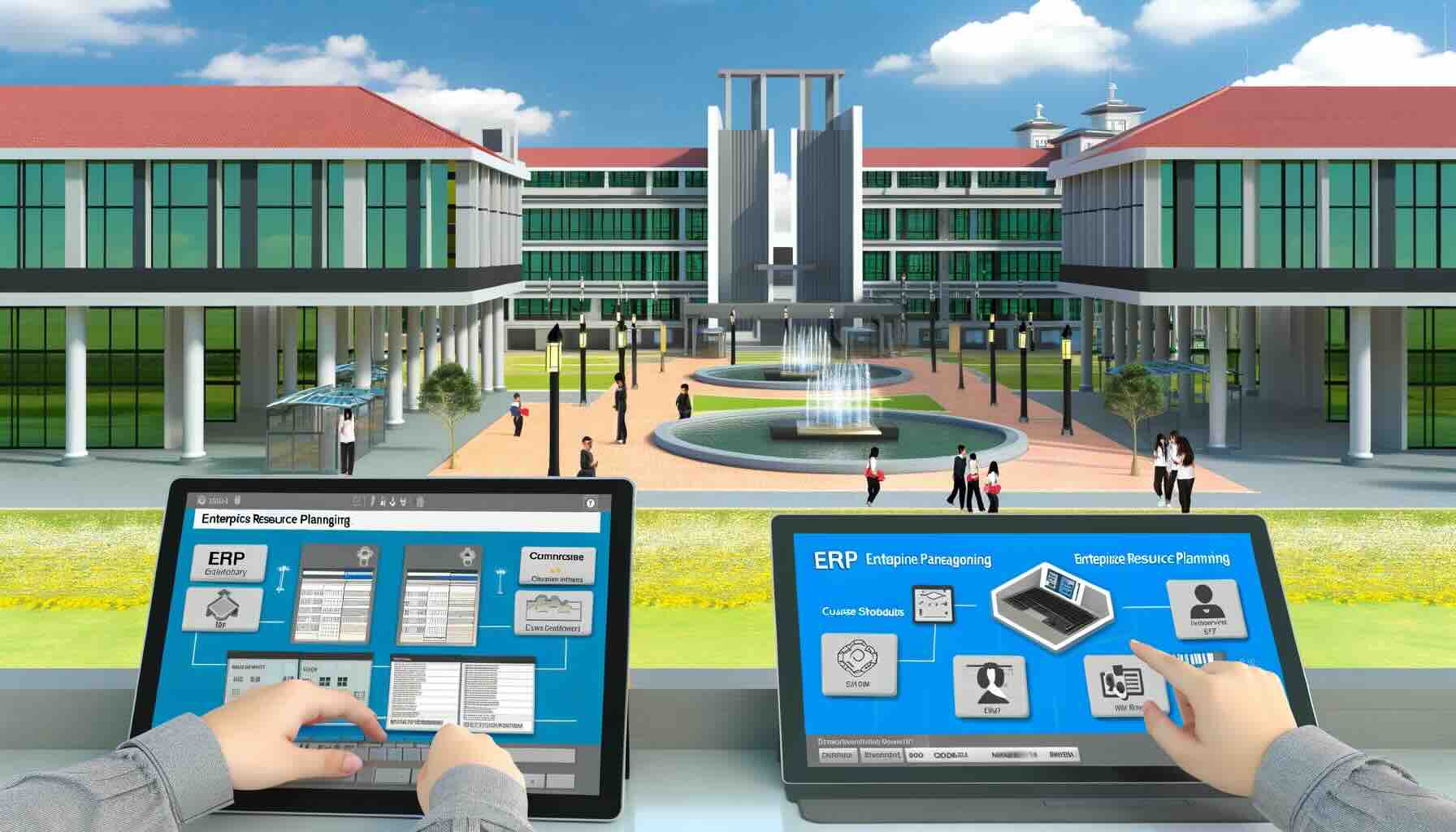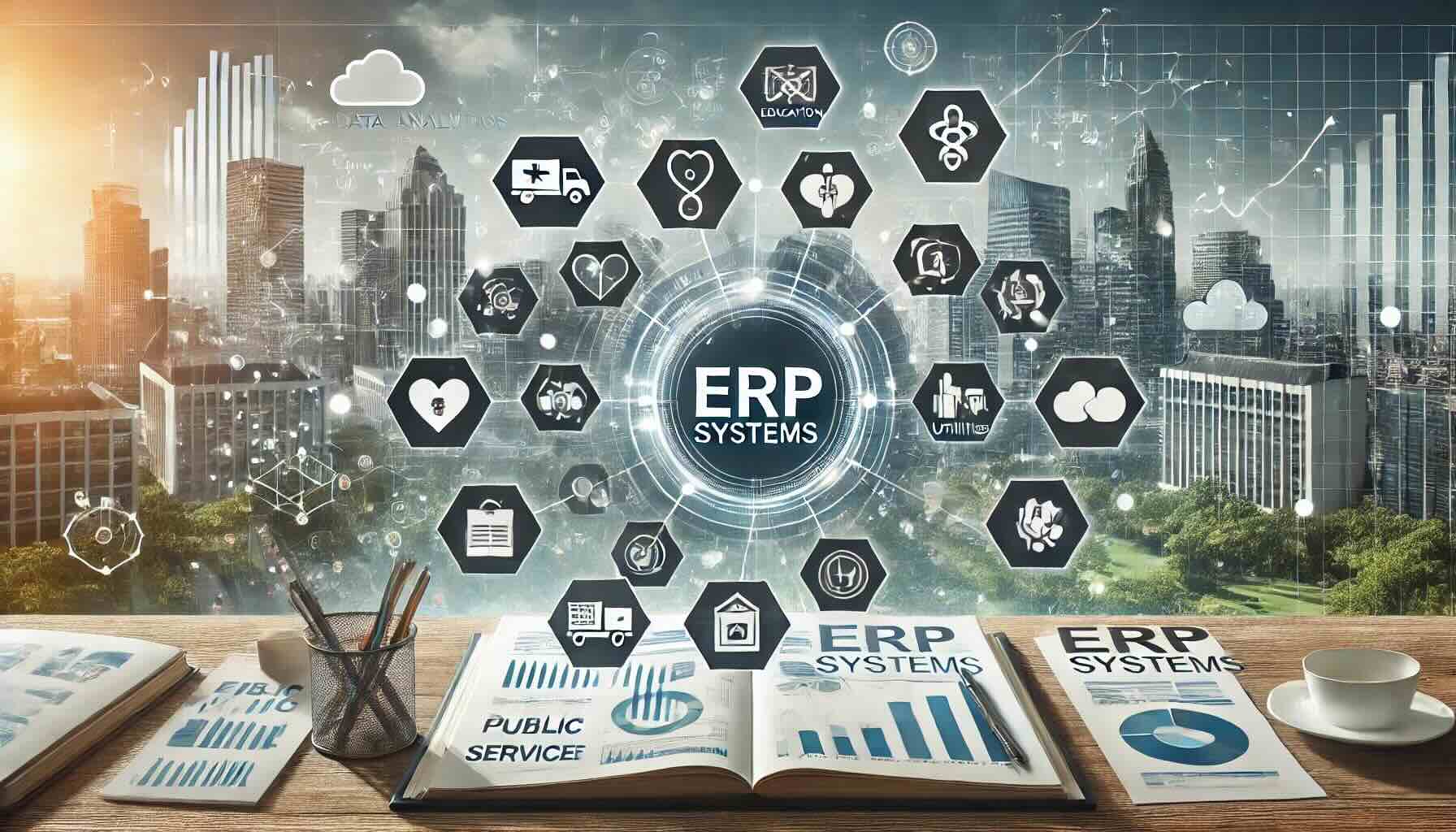Compare ERP for Higher Education

In today’s rapidly evolving educational landscape, higher education institutions face numerous challenges that demand efficient and innovative solutions. From managing vast amounts of student data and financial information to streamlining administrative processes and enhancing the student experience, universities and colleges require robust systems to stay competitive. Enterprise Resource Planning (ERP) systems have emerged as critical tools in addressing these needs, providing integrated solutions that enhance operational efficiency and data management. This blog will compare ERP for higher education, focusing on the key offerings from top vendors: Oracle Cloud ERP, Oracle Netsuite, SAP S/4HANA, Unit4, and Workday. Each of these systems offers unique strengths and potential drawbacks, tailored to meet the specific demands of the higher education sector.
Oracle Cloud ERP
Strengths:
Oracle Cloud ERP is renowned for its comprehensive suite of applications that cover everything from human capital management (HCM) to financials and procurement. For higher education institutions, this means a unified platform that can handle diverse needs such as student information systems (SIS), campus management, and faculty affairs. Oracle’s cloud-based infrastructure ensures scalability and flexibility, essential for institutions with growing student populations and expanding campuses.
The system’s robust analytics capabilities provide actionable insights into student performance, financial health, and operational efficiency. This allows educational administrators to make data-driven decisions that can enhance both academic and administrative outcomes. Moreover, Oracle Cloud’s strong emphasis on security and compliance is particularly beneficial for handling sensitive student and financial data, ensuring institutions meet regulatory requirements.
Weaknesses:
Despite its comprehensive features, Oracle Cloud can be complex to implement and manage, requiring significant IT resources and expertise. The initial setup and customization can be time-consuming and costly, which might be a barrier for smaller institutions with limited budgets. Additionally, while Oracle Cloud offers extensive functionality, some users may find the system’s interface less intuitive compared to other ERP solutions.
Click this link to find out more about Oracle Cloud ERP for higher education.
Oracle Netsuite
Strengths:
Oracle Netsuite is a versatile ERP solution that caters to various industries, including higher education. Its cloud-based platform offers robust financial management, CRM, and e-commerce capabilities, making it an excellent choice for institutions looking to streamline operations across multiple departments. Netsuite’s modular approach allows universities to select and implement only the features they need, providing a tailored solution that can grow with the institution.
One of Netsuite’s significant advantages is its user-friendly interface, which facilitates ease of use and reduces the learning curve for staff and administrators. The system’s real-time data analytics and reporting tools enable institutions to track performance metrics and make informed decisions promptly.
Weaknesses:
While Netsuite offers a wide range of features, it may not be as specialized for higher education as other ERP systems. Some institutions might find that certain educational-specific needs, such as advanced student lifecycle management, are not as well-supported. Additionally, like Oracle Fusion, Netsuite can be costly, particularly for institutions that require extensive customization and integration with existing systems.
Click this link to find out more about Oracle Netsuite for higher education.
SAP S/4HANA
Strengths:
SAP S/4HANA is a powerful ERP solution known for its real-time data processing and advanced analytics capabilities. For higher education institutions, this means access to real-time insights into student data, financials, and operational performance. SAP S/4HANA’s integration capabilities allow seamless connectivity with other software systems used within the institution, enhancing overall efficiency.
The platform’s ability to handle large volumes of data makes it ideal for universities with extensive student bodies and complex administrative structures. SAP S/4HANA also supports a wide range of functionalities, including finance, procurement, HR, and campus management, providing a comprehensive solution for higher education needs.
Weaknesses:
The primary drawback of SAP S/4HANA is its complexity and cost. Implementation can be a lengthy and resource-intensive process, requiring significant investment in IT infrastructure and skilled personnel. Additionally, the system’s extensive features may be overwhelming for smaller institutions or those with less complex needs. The cost of licensing and ongoing maintenance can also be prohibitive for some universities.
Click this link to find out more about SAP S/4HANA for higher education.
Unit4
Strengths:
Unit4 specializes in ERP solutions for service-oriented sectors, including higher education. Its focus on people-centric processes makes it particularly well-suited for universities and colleges. Unit4’s platform offers robust functionalities for student management, research administration, and finance, all designed to enhance the student and faculty experience.
One of Unit4’s standout features is its flexibility and ease of customization. Institutions can tailor the system to meet their specific needs without extensive coding or IT intervention. This adaptability ensures that universities can respond quickly to changing demands and regulatory requirements. Additionally, Unit4’s user-friendly interface and intuitive design make it accessible for staff and administrators, reducing training time and improving overall adoption.
Weaknesses:
While Unit4 offers a comprehensive suite of features, it may lack the extensive third-party integration capabilities found in other ERP systems like SAP S/4HANA. This could be a limitation for institutions that rely heavily on a diverse range of software solutions. Additionally, some users report that while the system is flexible, the initial configuration can be complex and time-consuming, requiring a clear strategy and dedicated resources.
Click this link to find out more about Unit4 for higher education.
Workday
Strengths:
Workday is a leading ERP solution known for its user-friendly interface and strong focus on human capital management. For higher education institutions, Workday offers comprehensive solutions for student administration, financial management, and HR. The platform’s cloud-based architecture ensures scalability and continuous updates, keeping institutions at the forefront of technological advancements.
Workday’s intuitive design and mobile accessibility make it easy for students, faculty, and administrators to use, enhancing engagement and productivity. The system’s robust reporting and analytics tools provide valuable insights into institutional performance, supporting data-driven decision-making.
Weaknesses:
One of the challenges with Workday is its cost. The subscription-based pricing model can be expensive, particularly for smaller institutions with limited budgets. Additionally, while Workday excels in HR and student management, some users find that its financial management capabilities are not as comprehensive as those offered by other ERP solutions like SAP S/4HANA. Customization options, while available, can also be limited compared to more flexible systems like Unit4.
Click this link to find out more about Workday for higher education.
Conclusion
Selecting the right ERP solution for higher education involves careful consideration of each system’s strengths and weaknesses. Oracle Cloud ERP and SAP S/4HANA offer robust, comprehensive solutions ideal for large institutions with complex needs, though they come with higher costs and implementation complexity. Oracle Netsuite and Workday provide user-friendly, scalable options that cater to a wide range of institutional needs, but may require trade-offs in terms of customization and financial management capabilities. Unit4 stands out for its flexibility and focus on people-centric processes, making it a strong contender for institutions prioritizing ease of use and adaptability. By thoroughly evaluating these options, higher education institutions can choose an ERP system that best aligns with their strategic goals and operational requirements.
To compare these ERP solutions and many more, you can use our new AI-powered Compare ERP tool. It’s free to use and you get a guaranteed discount on your first year’s licence fees with a referral from Compare ERP.









